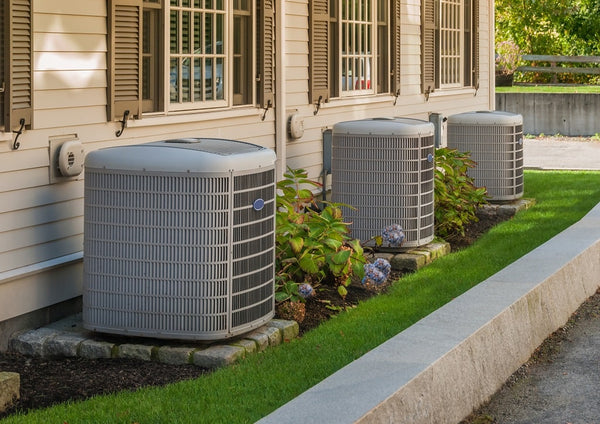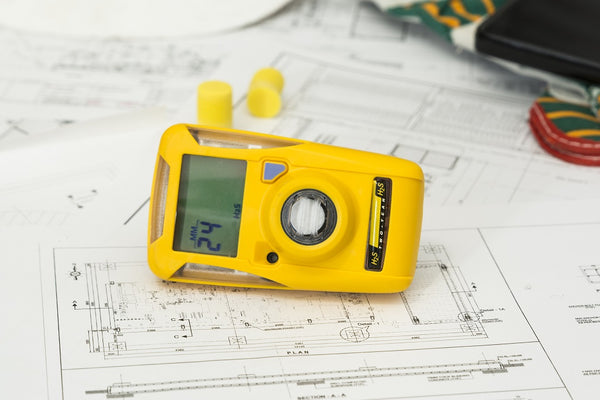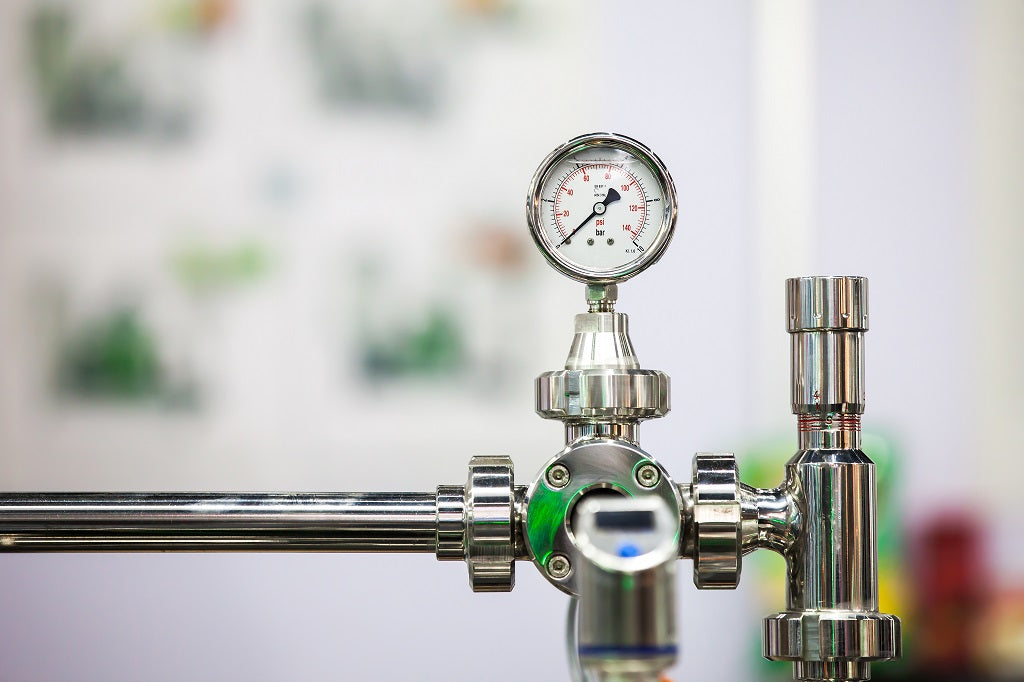
A pressure sensor is an essential tool for the measurement of gases and liquids. Pressure sensors use a sophisticated mechanism that converts one type of energy into another so that the output can be translated into the form of measurement that is required by the device in use. Applications of the different types of pressure sensors are limitless. This is an indispensable contraption that will transform your life.
It is quasi-impossible to define a pressure sensor without a general review of the term ‘pressure’ itself. Pressure, i.e., “P” or “p,” is the force applied to a surface area in which the distributed force is calculated. A pressure sensor takes the pressure, the force applied and generates a measurement that can then be quantified. There are various types of sensors used to measure pressure, each with its own unique and useful application.
How Does a Pressure Sensor Work
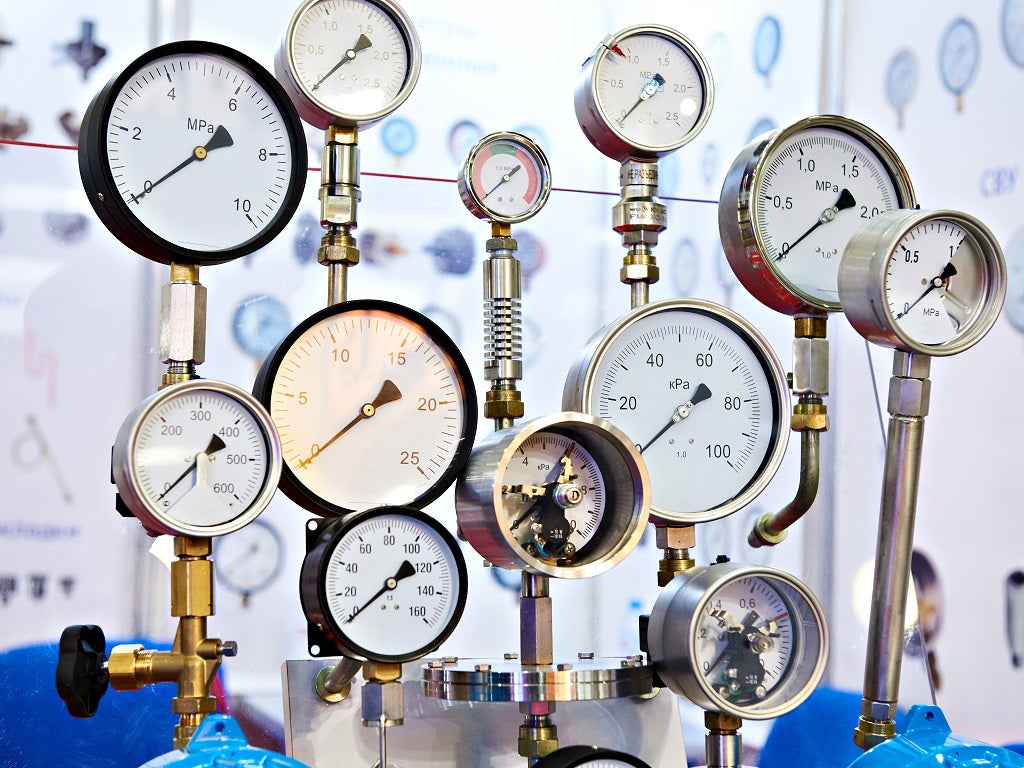
The pressure sensor working principles are as numerous as the industries that exist these days; there is not a single field that has been left untouched or has not been made more efficient due to the different uses of pressure sensors.
Resistive
Resistive pressure sensors use the shift in electrical resistance to a bonded gauge that then signals the pressure released by the device it measures. The typically metal resistive part usually is placed upon a supple diaphragm. The use of resistive sensors uses the pressure applied to the sensors to wrench them out of place to capture the voltage that results in a reading that can be quantified.
Capacitive
A capacitive pressure sensor works similarly to the resistive sensor and uses rigid plates that measure the electrical connection based on the pressure that the plates put onto the sensing diaphragm. The pressure that then is released upon the isolating diaphragms directly impacts the silicone oil filling that is lodged between them to output a measurement. The equivalent pressure signal and the capacitance are measured by a bridge circuit.
Piezoelectric
Piezoelectric pressure sensors use resistance and capacitance built into the electronic device; they then use the pressure applied on the quartz crystals to measure the level of leakage in the pressure sensor. The rate of leakage is determined by the electrical insulation resistance, the resistance can be quite magnanimous but will eventually drop down to zero.
Optical
An optical pressure sensor identifies a shift in pressure using light to derive a measurement. It uses light rays and transforms them into a quantifiable signal that then allows for reading; the more advanced the sensor, the more accurate the measurement is.
MEMS
MEMS pressure sensor stands for Micro-Electro-Mechanical Systems. This digital pressure sensor uses sensing elements and a digital conditioning chip to measure the voltage power supply that the sensor outputs. This type of pressure sensor is commonly used to measure non-corrosive pure gases.
Types of Pressure Measurement
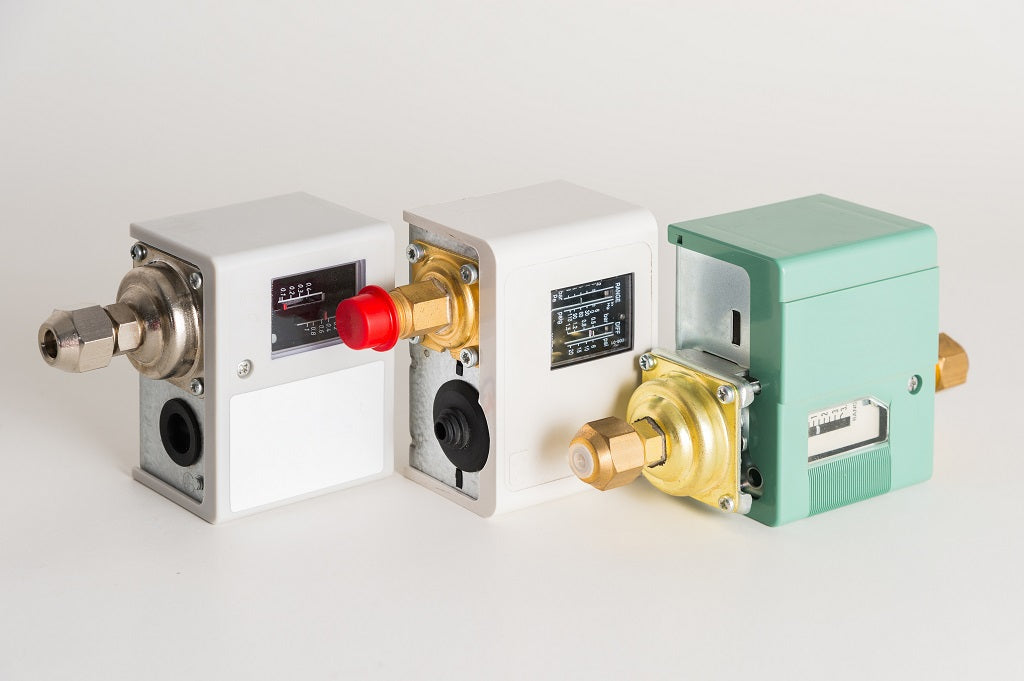
There are three main ways to measure pressure: gauge, absolute, and differential. The measurement depends on the type of pressure that needs to be calculated. Gauge and differential pressure measure the ambient pressure in the atmosphere as it refers to a specific pressure point whilst the absolute pressure is derived in a vacuum.
Absolute Pressure Sensor
Absolute pressure is measured by evaluating atmospheric pressure related to the fixed pressure that resides in a vacuum. Absolute pressure is relative to zero pressure in an air-free zone. This type of measurement is often used to calculate atmospheric pressures such as those used in altimeters or vacuum pressures.
Gauge Pressure Sensor
Gauge pressure is also known as overpressure. The Gauge pressure sensor working principle is in measuring the atmospheric pressure considering the weight of the atmosphere in which it is being recorded; it is also influenced by weather conditions and whether it is above sea level. Among gauge pressure sensor applications, there are devices that calculate blood pressure or tire pressure.
Differential Pressure Sensor
Differential pressure, also recognized as Delta P, measures the drop in pressure within a piping system. A differential pressure sensor is a useful working tool to measure pressure due to its sensitivity and range. It can detect minuscule differences in pressure that are not seen by the naked eye; its range and durability also make this a unique system to calculate pressure within challenging areas.
Types of Pressure Signal Outputs

Pressure signal outputs can take the shape of switches, transmitters, or transducers.
Pressure Switch Output Signal
Pressure switches are measuring devices that use the electrical contact that rests in a liquid substance to measure the output. A pressure switch is an integral tool to evaluate the rising or falling pressure within a system to calculate pressurized fluids. The applications are commonly used to measure the pressure of non-corrosive, non-flammable gas. Pressure switches can be used in a variety of industries according to the respective requirements.
Pressure Transducer Output Signal
Pressure transducers measure the pressure to then export the reading into an analog electrical signal that can be easily quantified. Due to the variety of pressure transducers, it is paramount to evaluate the needs prior to choosing a pressure transducer: pressure range, accuracy, and the temperature of the measuring environment.
Applications for Pressure Sensors

What is a pressure sensor used for? In recent years, due to top-notch innovation, pressure sensors have embedded themselves into nearly every aspect of our lives and have taken over all industries by storm. Their applications are far-ranging and versatile such as:
- Medical
- Automobile industry
- Industrial and Hi-Tech industries
- The wearable tech industry
- Construction
Regardless of what industry you are in, pressure sensors are an integral part of our work environment while also leaking into our day-to-day.
Conclusion
Pressure sensors are the building blocks to ensure a more precise and efficient environment. Blackhawk Supply provides different types of pressure sensors: universal pressure sensors, differential pressure sensors and many more. Buy pressure sensors from Blackhawk Supply today!
